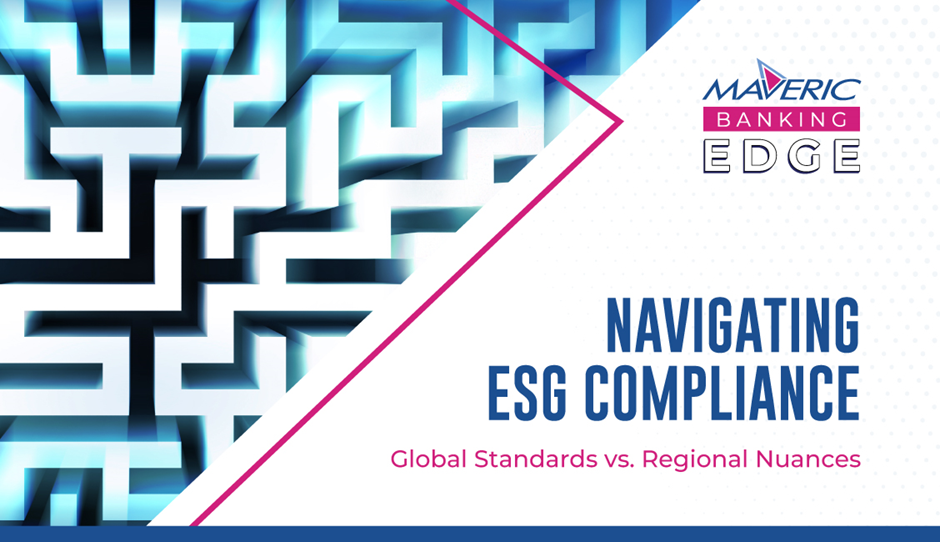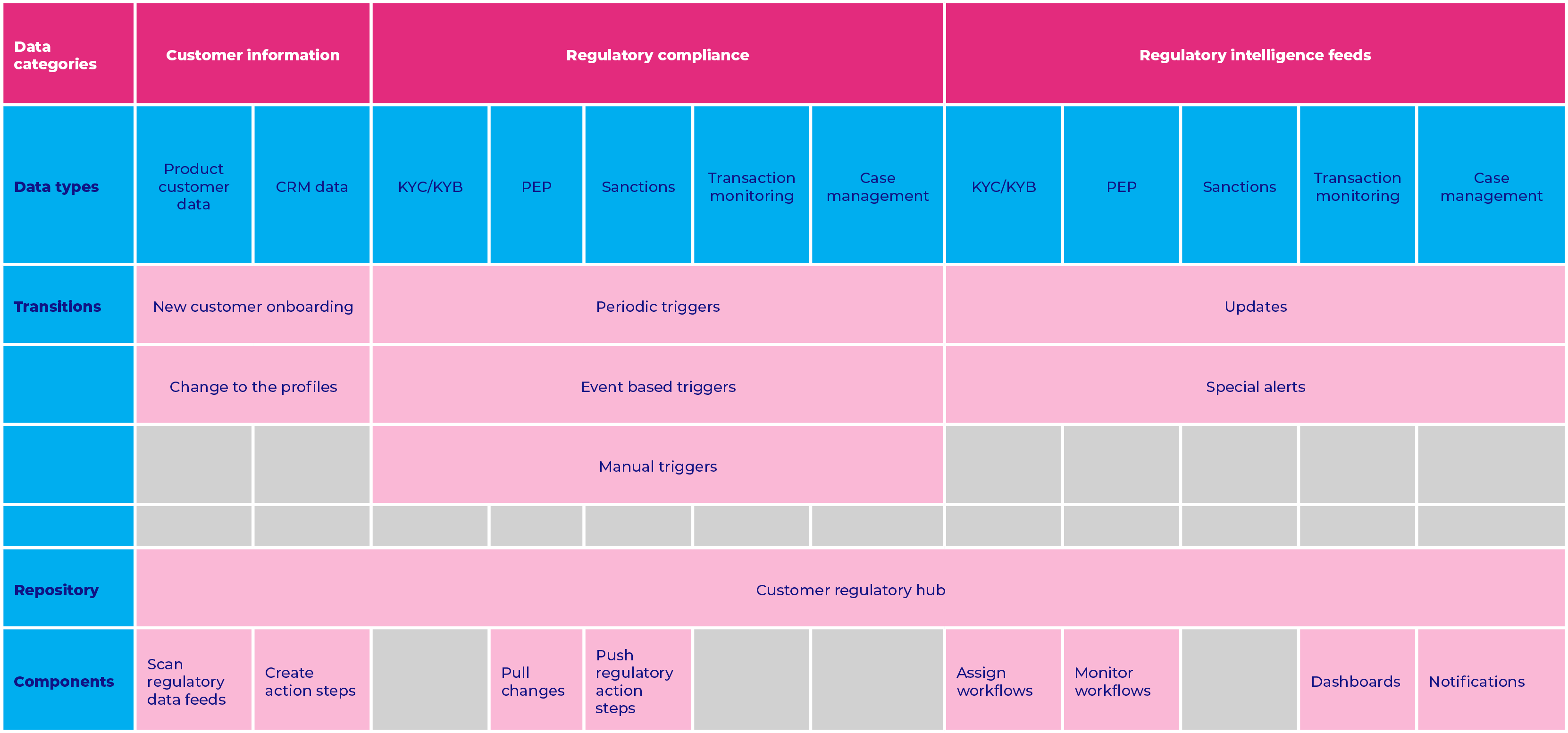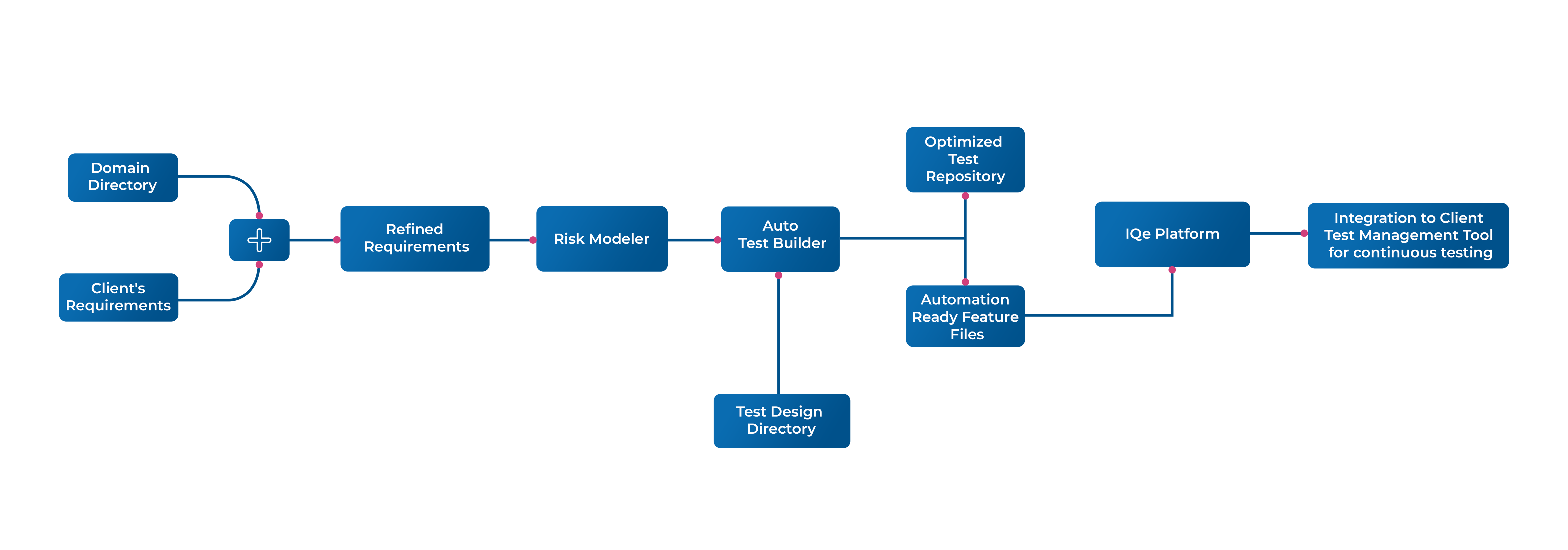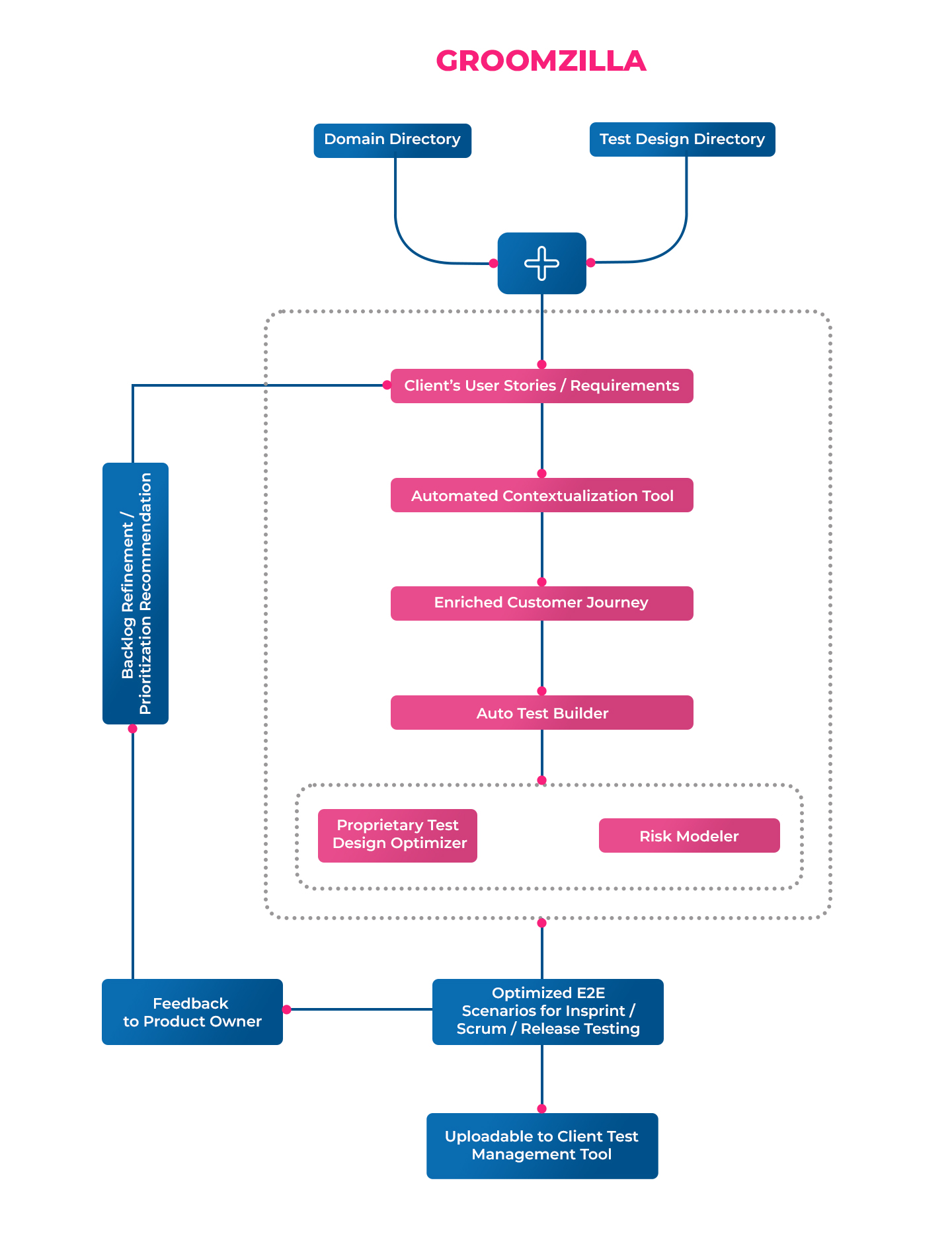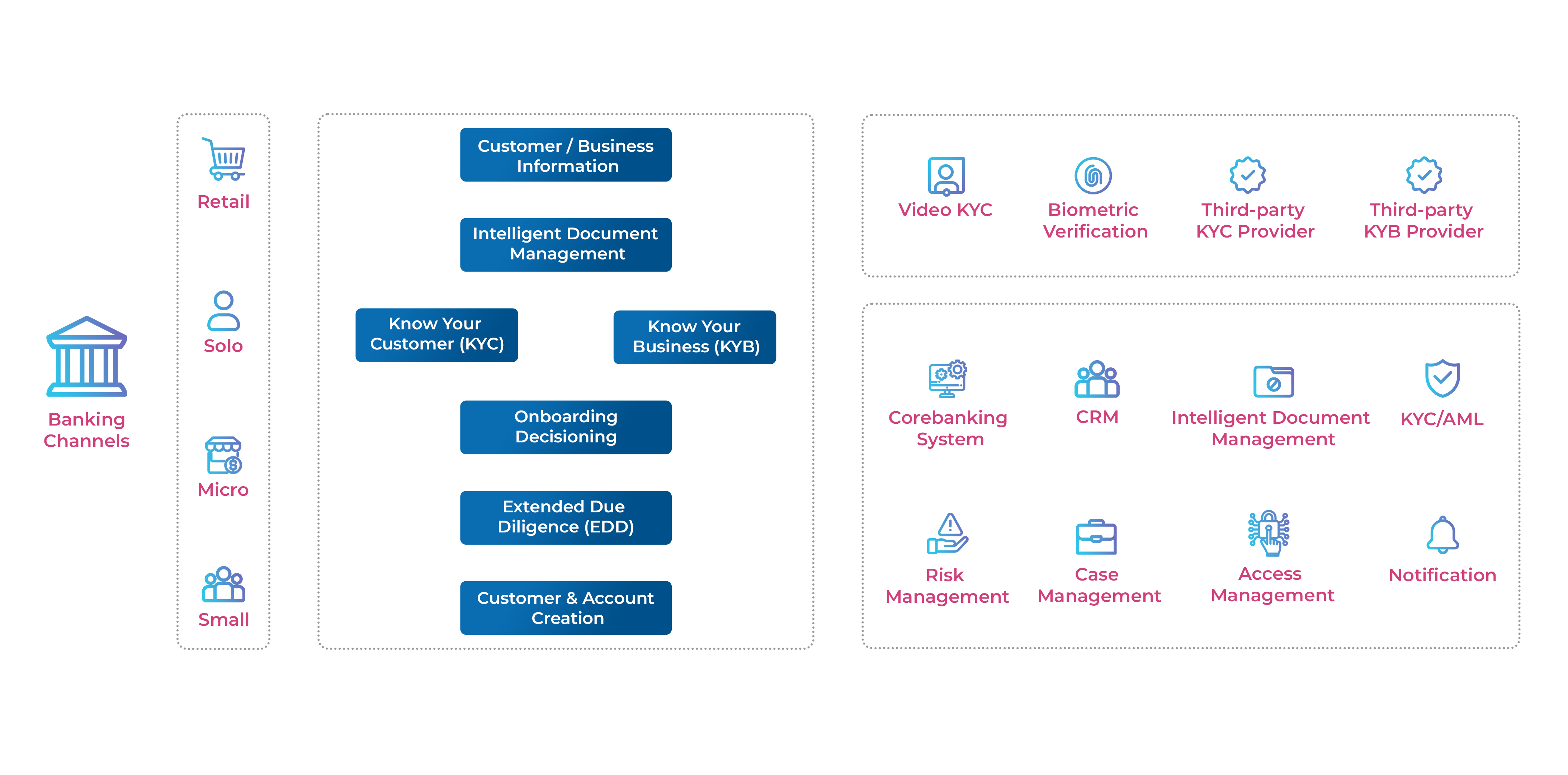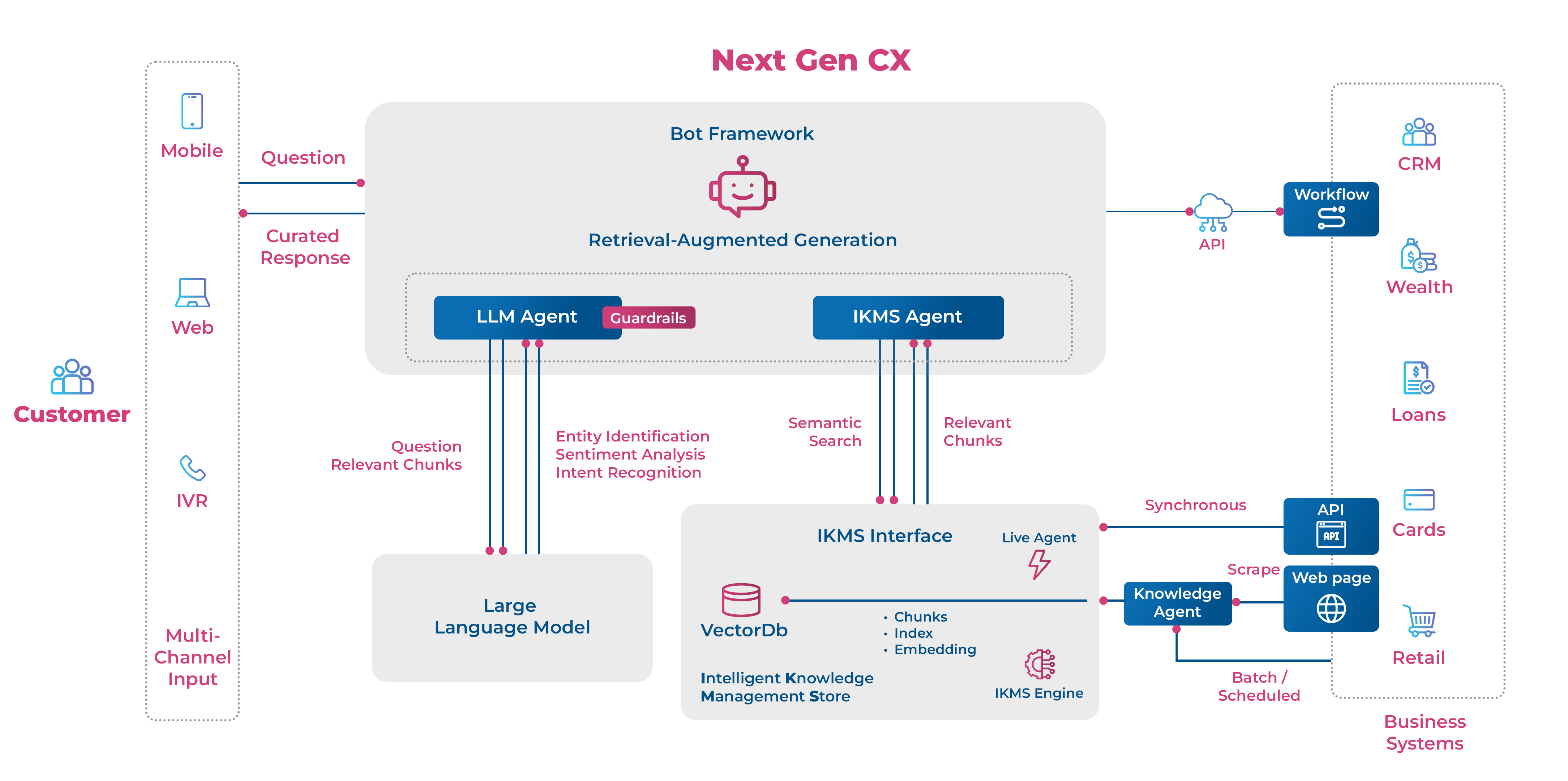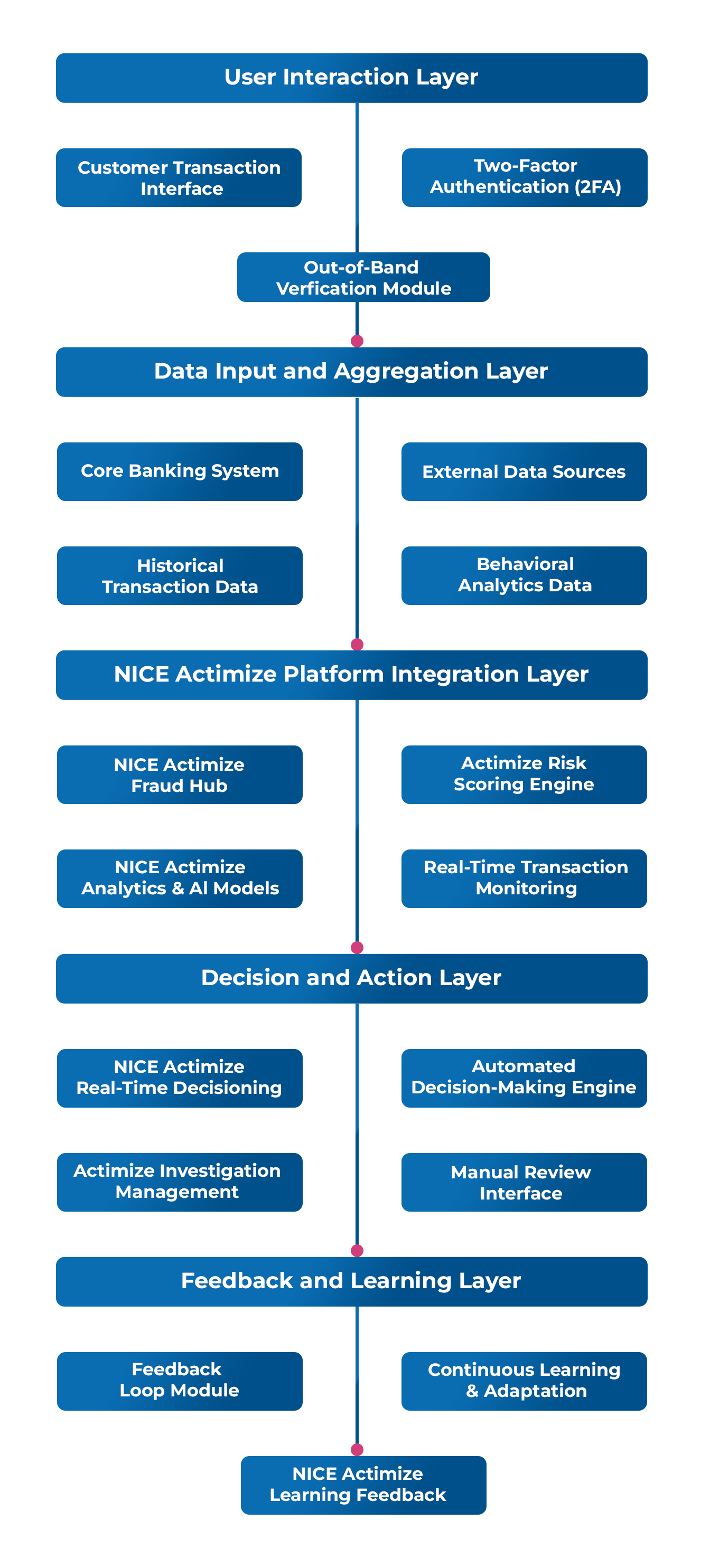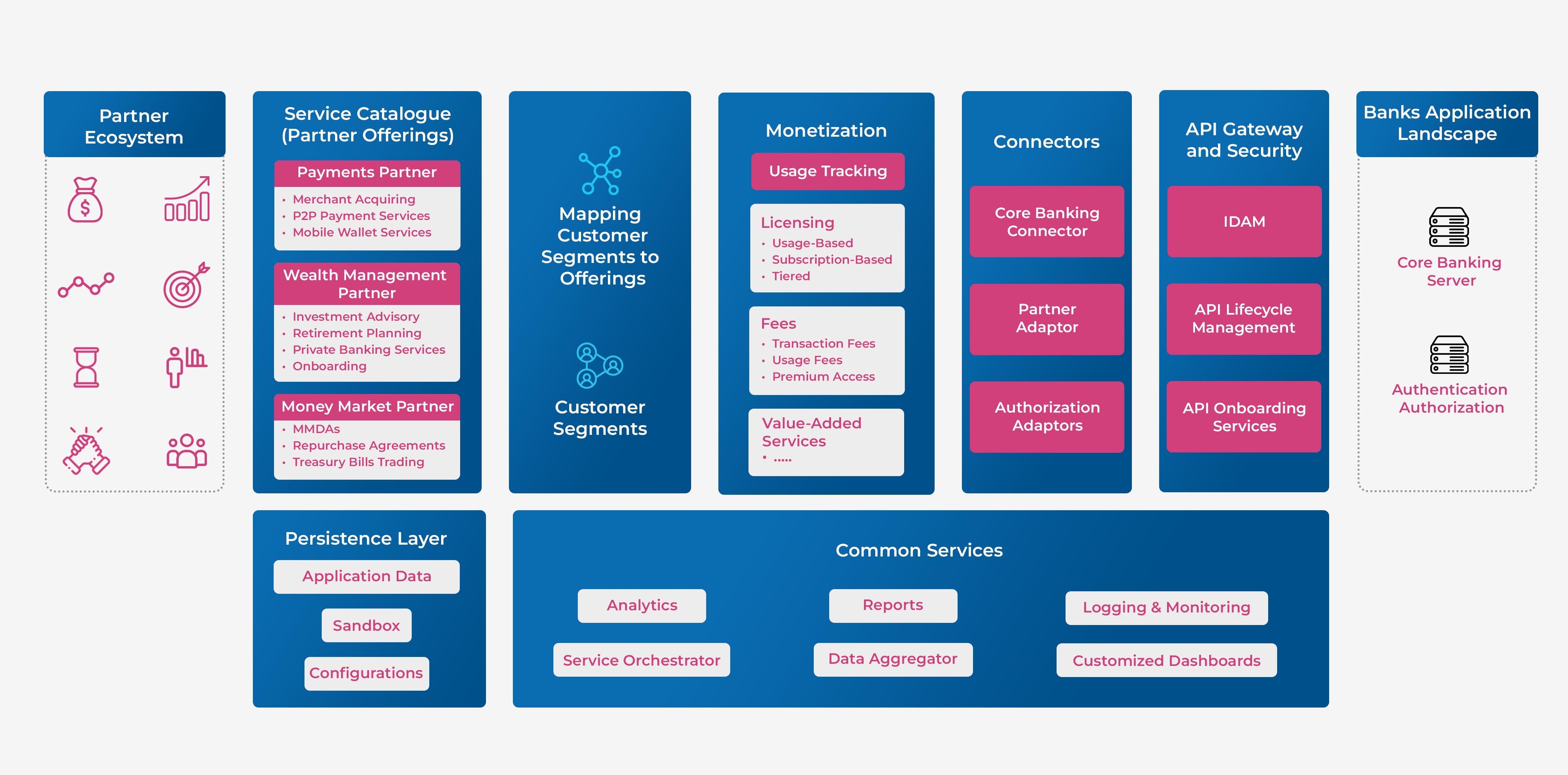Unpacking the ESG Regulatory Mosaic
As ESG regulations proliferate worldwide, asset managers must navigate a complex regulatory mosaic of frameworks, timelines, and unique requirements. Global frameworks like the ISSB standards offer a baseline for ESG integration. Still, regional standards such as the EU’s CSRD, SFDR, and the U.S. SEC’s climate disclosure rules present distinct scopes and phased implementation timelines. Understanding this regulatory diversity is essential for asset managers seeking to align with global standards and region-specific nuances while maintaining operational consistency and compliance.
The following breakdown provides an in-depth look at major ESG standards, their effective dates, key impacts, and the dimensions that define their requirements.
As asset managers contend with the regulatory maze, understanding each standard’s effective dates and focus is crucial. While global efforts toward ESG alignment are in motion, each region’s framework brings unique impacts, applicability, and phased timelines. For instance, ISSB standards take effect globally in 2024, but regional standards such as the EU’s CSRD and U.S. SEC’s climate rules carry distinct requirements. This table captures the upcoming milestones across major ESG regulations, offering a snapshot of what asset managers should prioritize.
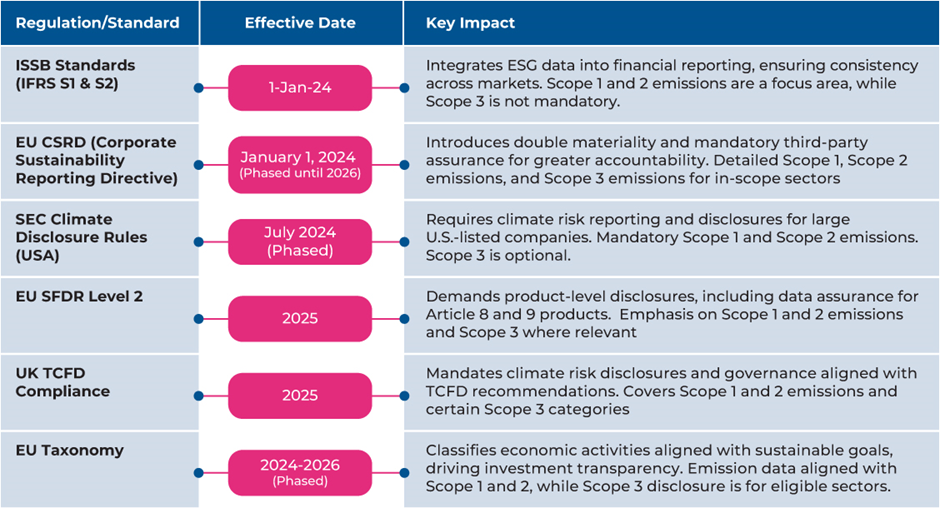
This array of timelines and phased implementation requirements emphasizes prioritizing regions with early deadlines, such as the EU’s CSRD. However, as asset managers roll out these standards, they must stay agile and flexible to meet changing requirements in other regions. Recognizing each framework’s distinct focus, such as the EU’s double materiality or the SEC’s climate-centric disclosures, enables firms to sequence compliance efforts strategically.
Decoding the Scope of the Regulatory Mosaic
The diversity in ESG standards means asset managers must determine which regulations apply to their specific operations, products, and regions. Global frameworks like ISSB act as foundational standards, particularly for firms seeking consistent ESG data integration across multiple markets. By contrast, regional frameworks like the EU’s SFDR and CSRD introduce detailed requirements, including double materiality and industry-specific reporting, while the SEC’s climate rules focus on Scope 1 and 2 emissions without a broader sustainability scope. Sectoral standards, such as those under the EU Taxonomy, further specify sustainable activities in energy and manufacturing, necessitating product-level alignment with defined environmental criteria.
This regulatory mosaic requires a strategic approach to compliance, as some asset managers may only need to meet ISSB and CSRD standards, while others may require SEC and TCFD compliance. Firms should assess the applicability of each framework based on their geographic footprint, sector focus, and portfolio composition to ensure regulatory compliance and alignment with long-term ESG strategies.
Understanding the requirements of major ESG Standards
While the high-level overview of effective dates and key impacts sets the stage, a deeper dive is needed to appreciate the intricacies of each standard. The regulatory mosaic is marked by various dimensions that require careful consideration, including emission scopes, materiality focus, and assurance requirements. The detailed comparison below helps asset managers pinpoint areas where their reporting efforts may need customization to address region-specific requirements without sacrificing consistency.
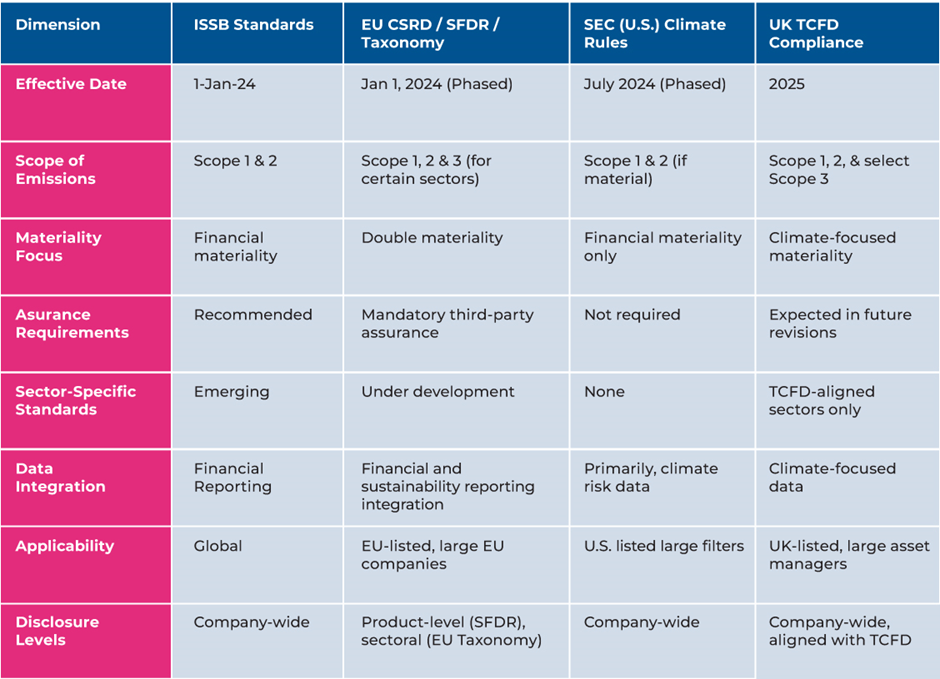
Strategic Steps for Firms to Navigate the Regulatory Mosaic
To navigate the regulatory mosaic effectively, asset managers should adopt a structured approach that maximizes flexibility and ensures compliance with each standard’s unique requirements:
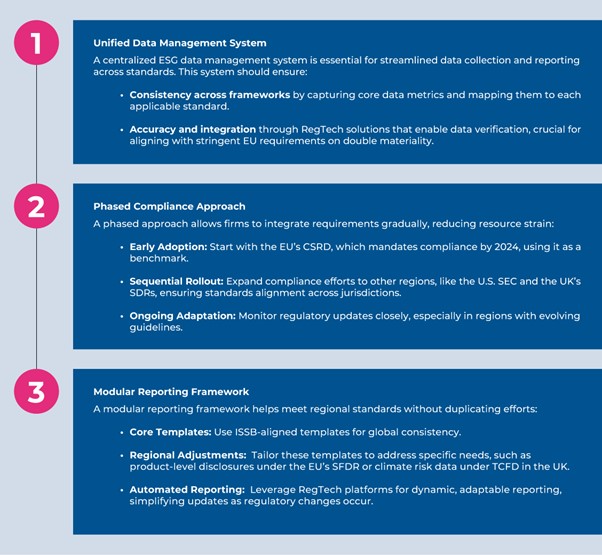
Conclusion: Preparing for the Future of ESG Compliance
As asset managers navigate this intricate regulatory mosaic, the need for proactive and comprehensive ESG strategies becomes more apparent. Firms must remain agile, adapting to evolving standards while balancing compliance with investor expectations. Looking ahead, the pressure isn’t just coming from regulators investors are increasingly demanding deeper, real-time data insights that go beyond compliance.
In our next blog, we’ll explore how asset managers can address these heightened investor demands by adopting data-driven, actionable ESG strategies.
Stay tuned as we examine how firms can stay ahead of regulatory requirements while meeting the expectations of today’s ESG-conscious investors.
Co-authored by Deepak Bhatter, and Venkatesh Padmanabhachari
Maveric’s thought leadership series – E.D.G.E (Experiences Delivered by Global Experts) – handpicks the game-changing technology ideas and pressing functional questions financial institutions must solve today.
These features – reports, whitepapers, podcasts, flyers, blogs, and infographics – are for Banking leaders and Technology evangelists to apply profound trends, the latest opinions, and transformational analyses to boost the performance of their organizations.
About Maveric Systems
Established in 2000, Maveric Systems is a niche, domain-led, BankTech specialist, transforming retail, corporate, and wealth management digital ecosystems. Our 2600+ specialists use proven solutions and frameworks to address formidable CXO challenges across regulatory compliance, customer experience, wealth management and CloudDevSecOps.
Our services and competencies across data, digital, core banking and quality engineering helps global and regional banking leaders as well as Fintechs solve next-gen business challenges through emerging technology. Our global presence spans across 3 continents with regional delivery capabilities in Amsterdam, Bengaluru, Chennai, Dallas, Dubai, London, New Jersey, Pune, Riyadh, Singapore and Warsaw. Our inherent banking domain expertise, a customer-intimacy-led delivery model, and differentiated talent with layered competency – deep domain and tech leadership, supported by a culture of ownership, energy, and commitment to customer success, make us the technology partner of choice for our customers
